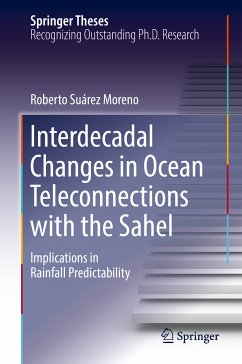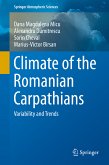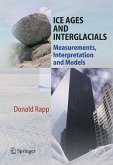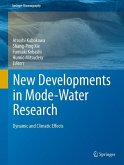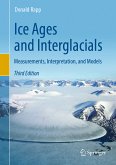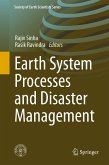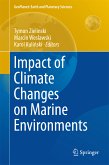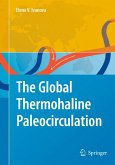In tropical latitudes, monsoons trigger regimes of strong seasonal rainfall over the continents. Over the West African region, the rainfall has shown a strong variability from interannual to decadal time scales. The atmospheric response to global sea surface temperatures is the leading cause of rainfall variability in the West African Sahel. This thesis explores changes in the leading ocean forcing of Sahelian rainfall interannual variability. It analyzes the dynamical mechanisms at work to explain the non-stationary sea surface temperature-forced response of anomalous rainfall. The underlying multidecadal sea surface temperature background is raised as a key factor that favors some interannual teleconnections and inhibits others. Results of this thesis are relevant for improving the seasonal predictability of summer rainfall in the Sahel.
Dieser Download kann aus rechtlichen Gründen nur mit Rechnungsadresse in A, B, BG, CY, CZ, D, DK, EW, E, FIN, F, GR, HR, H, IRL, I, LT, L, LR, M, NL, PL, P, R, S, SLO, SK ausgeliefert werden.

